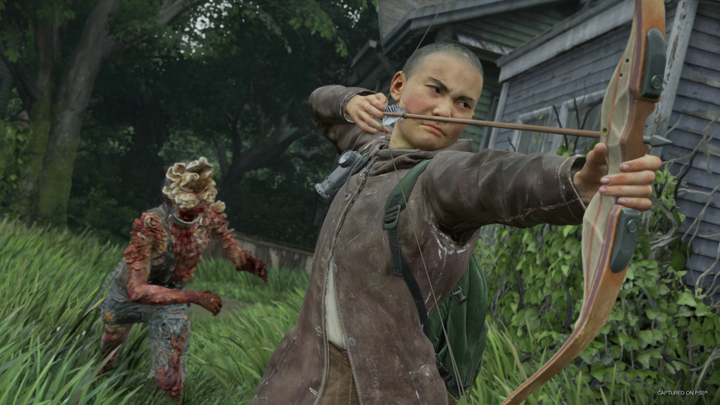The Last of Us Part 2 Remastered's new rogue-like mode, No Return, is a satisfying and guilt-free trip through the game's insane cycle of violence. Unlike most rogue-lites, No Return, is pretty easy to get into. However, playing more rounds gives you access to new game modes, modifiers, and unique boss encounters that significantly increase the difficulty and make subsequent rounds far more challenging than I had initially anticipated.
The No Return mode is one of the three new additions to the remastered version of The Last of Us Part 2. It's also its most substantial offering. However, like The Last of Us 1 before it, this new rogue-lite mode is all about the journey and not the destination, and as satisfying as it is to slay the Rat King and other post-apocalyptic monstrosities once again, the actual rewards you get from completing these encounters and the many in-game challenges are underwhelming, to say the least.
The Last Of Us Part 2 Remastered No Return Overview
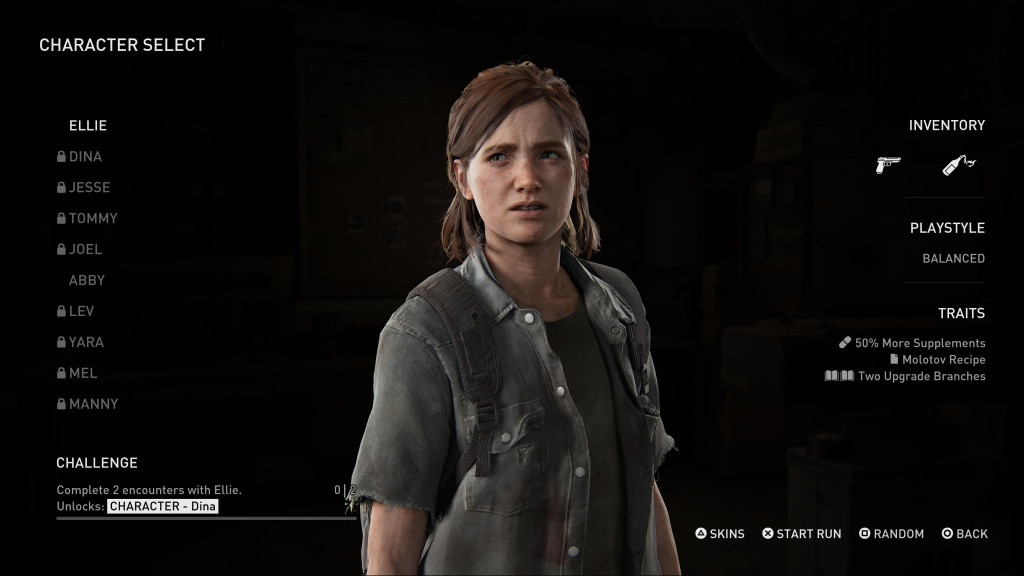
Rogue-lites and rogue-likes have become increasingly popular following the release of 2020's Hades, with many AAA games adding their own spin to it. PlayStation's very own Sony Santa Monica Studio recently released a surprisingly in-depth free rogue-lite mode for God of War Ragnarok, known as Valhalla. No Return follows in its footsteps, and while it isn't as rewarding, both narratively and gameplay-wise, it's still a lot of fun to play.
You start your journey with Ellie or Abby (though there aren't any major differences between the two) and fight through five unique encounters, eventually facing the final boss in the sixth encounter to finish the run. Each run can take over 30-50 minutes to finish. Completing an encounter takes you back to the base, where you can open a reward stash, unlock new weapons or skills, use the workbench to upgrade your weapons and craft new items.
Each encounter features one of the four game modes, which are Assault, Hunted, Capture, and Holdout. Assault is the more basic laid-back encounter type where you defeat a set amount of enemies to clear the round. Hunted is more run-and-gun, where you survive enemy attacks until the timer runs out.
Once you have played enough rounds, you unlock Capture and Holdout. In Capture, as the name suggests, you have to capture a safe that's being guarded by enemies. You can complete the encounter by killing all the enemies or sneaking past them to open the safe. Holdout is like Hunted, but instead of hunting you, the enemies hunt your ally, and you must protect them until the timer runs out.
Each game mode requires a different approach and can be advantageous or disadvantageous for a particular character. There are ten playable characters in No Return, each with their own unique traits and starting weapons. For instance, Abby can heal on melee kills, making her more favorable in frantic encounters such as the Hunted and Capture. Likewise, Lev is more suited for stealth encounters, as they start off with reduced Bow Draw speed and Archery upgrade path. Do note that you can't swap characters in between a run.
How The No Return Rogue-Like Mode Works
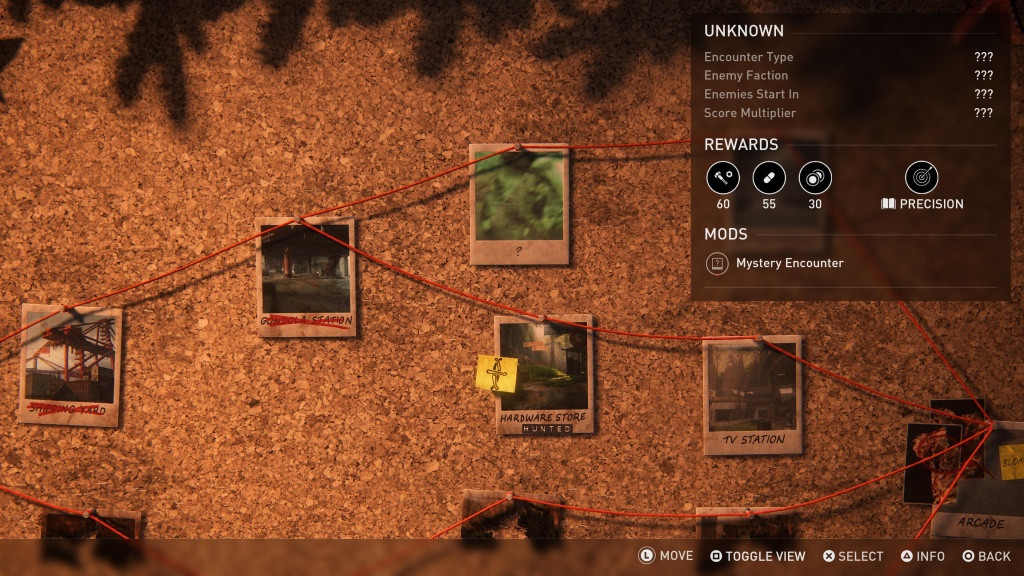
The No Return is a surprisingly accessible rogue-like mode that takes away almost all the frustrating bits of more traditional games of the genre. For instance, you can quit the game after completing an encounter and resume from the base the next time you log in. It's a thoughtful quality-of-life feature that respects the player's time. Not everyone has the time to sit through a two-hour-long game session, and No Return understands that.
The first thing you may notice after starting a run is the strategy board in the base, which displays all the different maps and encounters you can face in this run. It also highlights the enemy factions, active mods, and the rewards you can get from completing that encounter. This is a great way to give you an idea of what to expect, and you can use that knowledge to prepare your loadout and strategize accordingly. However, one of the best things about rogue-lites is unexpected encounters, and thankfully, every run features at least one mystery encounter about which the strategy board reveals nothing, so you have to be prepared for anything.
Interestingly, there are also branching paths to the final encounter, so if you don't want to play through a series of maps or modes, there is an option to choose a different route. Speaking of options, you can also select a custom run, which lets you decide pretty much everything from mechanics to the type of enemies you face. I really enjoyed tinkering around with this after I burned myself out with specific game modes and enemy encounters.
Mechanics and encounters aside, each run feels as fun and frantic as any combat scenario in the base game without the added sense of guilt. One of the things that I didn't like about The Last of Us 2 was that the combat felt almost too much fun for a survival horror game, and I found myself constantly experimenting with different ways to take down enemies instead of just killing to survive. Due to this, at times, I felt disassociated with the game's super serious narrative, especially when playing as Abby, as she had access to more deadly and powerful weapons.
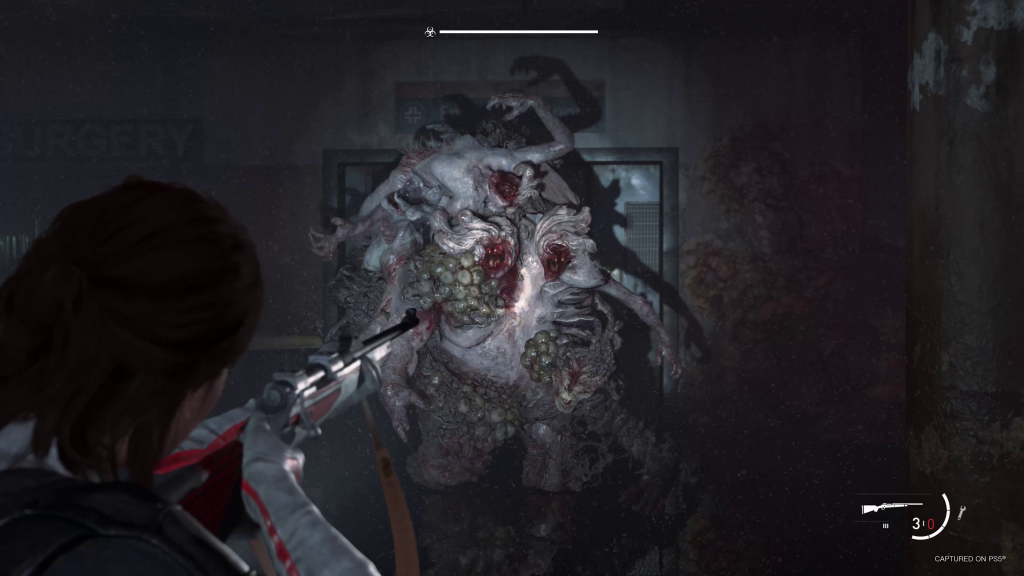
Thankfully, that doesn't happen here in No Return since there are no story beats to contextualize my actions. It also helps that the combat in itself is so refined and responsive, otherwise the moment-to-moment gameplay wouldn't have been satisfying enough for a rogue-like mode. I love the story and narrative of The Last of Us Part 2, but playing through the No Return constantly reminded me how good the game's combat is.
Each encounter takes place in one of the many versatile levels from the game's campaign, with some additional explorable spaces. For instance, the Jackson level lets you explore the insides of some of the stores, which wasn't possible in the campaign.
Every level has just the right amount of variety to keep things interesting. Some are more suited for stealth, whereas others urge you to go guns blazing.
Just finishing an encounter is only half the objective in No Return. There are in-game challenges that you can complete to unlock new characters, skins, and resources.
However, I never really found myself pursuing them because the rewards felt insignificant.
You can only unlock three exclusive skins for each character by playing No Return, and while I liked the ones for Abby and Ellie, everyone else's feel pretty underwhelming. Earlier, I said that the journey is more compelling than the destination. As much fun as I had playing this mode, the rewards for finishing a run or completing another set of challenges never felt good enough. There just aren't any tangible in-game rewards or a progression system to sustain players for a long time.
However, this isn't to say there are no new cool cosmetic items in The Last of Us Part 2 Remastered. You can go to the game's Extra menu to unlock several new skins for Abby and Ellie in exchange for Points, which you can earn from finding collectibles, unlocking trophies, and making progress in No Return. My favorite is this eighties punk costume for Abby, which honestly should be her cannon outfit in The Last of Us Part 3.
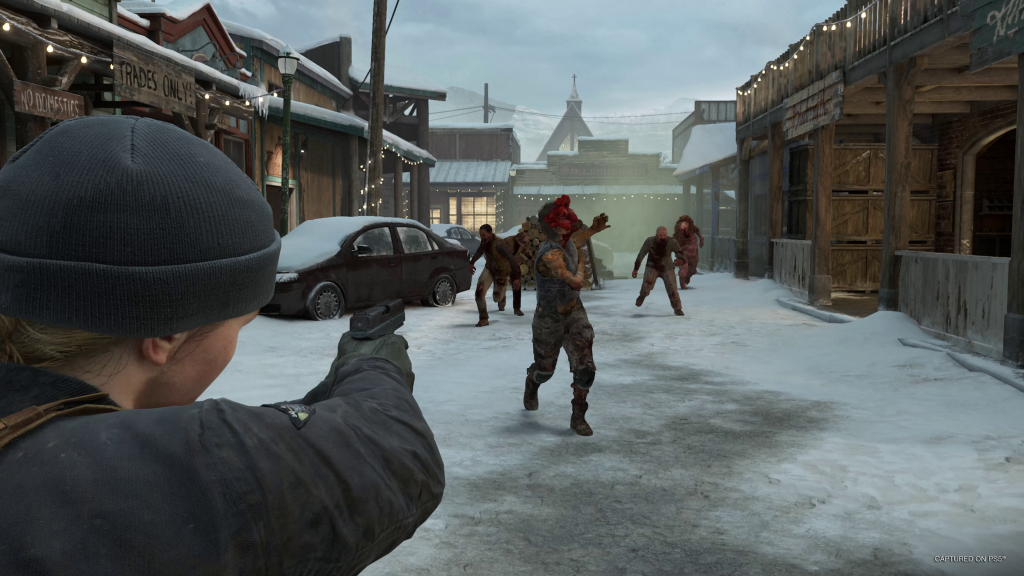
As you complete more rounds, you unlock new ways to play No Return. Such as Gambit - a higher-tier challenge that appears once per encounter. Completing Gambits can get you ammo, currency, and health, which are always welcome in every run. Additionally, these increase your Gambit Tier, which, in return, gives you access to more nail-biting challenges.
There are also mods (modifiers) that significantly change the gameplay experience. As you finish runs, you gain access to more mods that randomly appear in different encounters. One of my favorites is when enemies start dropping bombs on death, which amps up the tension even more, especially in encounters like Hunted. There's another where enemies become invisible, and you can only see their silhouettes in the listen mode.
However, outside a few interesting ones, none of the mods really felt game-changing. For instance, it hardly made a difference if enemies had increased health or took more damage from Long Guns. Most of the time I was gunning for headshots, and they were always a clean hit. To make things worse, some are actually quite infuriating, like the Photo Mode Filters and the Mirror Mode.

 No ads, our video library,
No ads, our video library,
